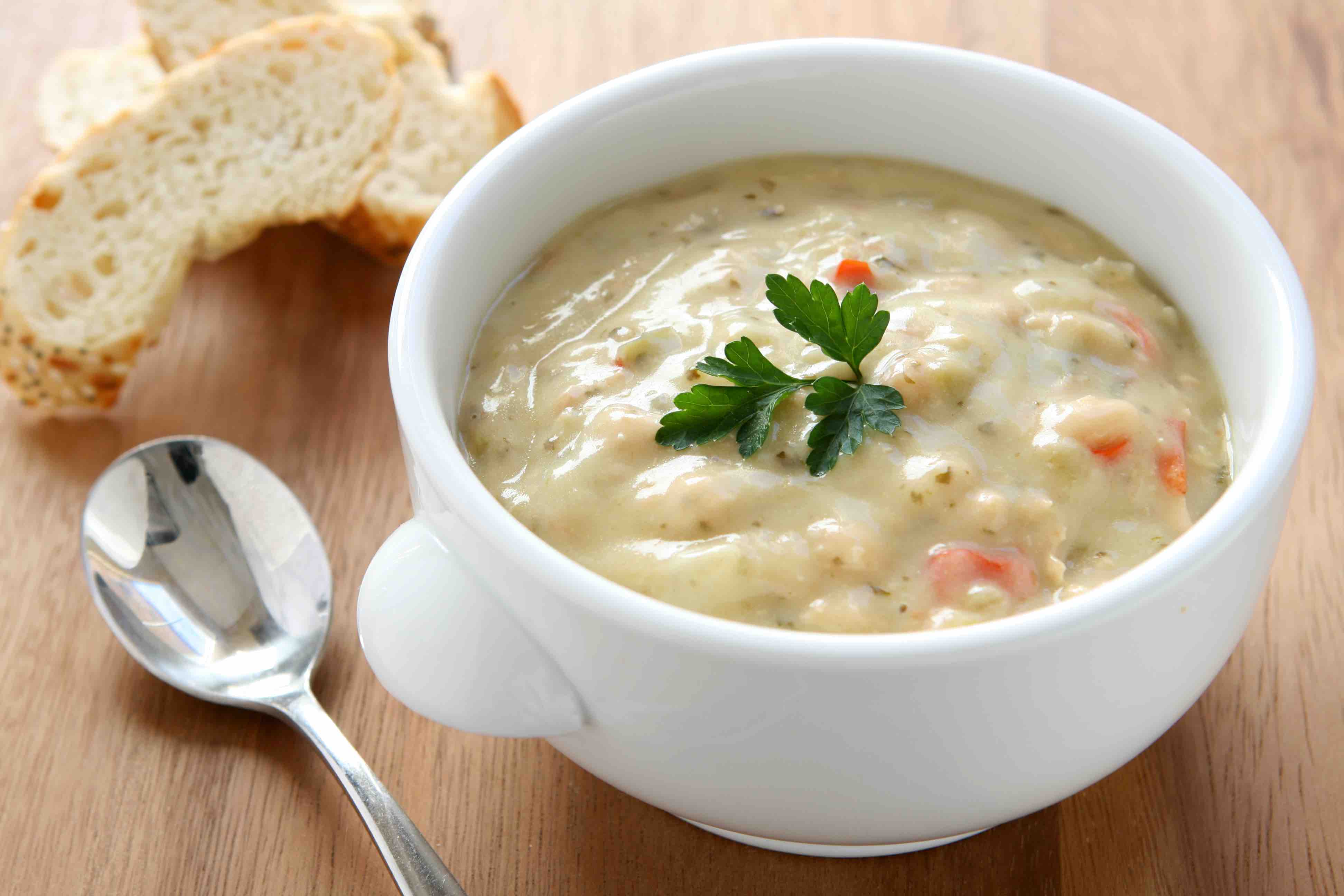
In the realm of comfort foods, cream of chicken is a front-runner, gracing the tables of homes and restaurants worldwide. Its rich and flavorful profile has won the hearts of food enthusiasts, while its versatility as a base for numerous dishes is unmatched. But what does this culinary delight have to offer in terms of nutrition? Let’s delve into the 18 cream of chicken nutrition facts that shed light on this popular dish.
A Source of High-Quality Protein
Cream of chicken soup is an excellent source of high-quality protein. A standard can (approximately 10.5 ounces) of commercial cream of chicken soup contains around 7 grams of protein. Protein is essential for maintaining muscle mass, repairing tissues, and supporting overall bodily functions.
Varies Greatly in Caloric Content
The caloric content of the cream of chicken can vary significantly based on the recipe or the brand. A can of store-bought soup usually contains about 125 calories, while a home-cooked version could have more or fewer calories depending on the ingredients used.
High in Saturated Fat
One serving may contain around 4 grams of saturated fat. Cream of chicken soup, especially canned versions, can be high in saturated fats due to the cream content. Consuming too much-saturated fat can contribute to high cholesterol and heart disease.

Rich in Vitamins
Depending on the recipe, cream of chicken soup can be a good source of vitamins. It often contains vitamins A, C, and several B vitamins from the chicken, vegetables, and broth used.
Contains Essential Minerals
Cream of chicken soup is a source of essential minerals such as iron, potassium, and selenium. These minerals contribute to various bodily functions including oxygen transportation, muscle contractions, and antioxidant defense.
Considerable Sodium Content
One notable health concern with cream of chicken, particularly with canned versions, is the high sodium content. A single can could contain over 1,000 milligrams of sodium, which is nearly half of the recommended daily intake.
Fiber Content Depends on Ingredients
The fiber content in the cream of chicken soup largely depends on the ingredients. Adding vegetables or serving the soup with a side of whole-grain bread can increase the fiber content, promoting better digestive health.
Gluten Content
Most traditional cream of chicken soups contains gluten, as wheat flour is typically used as a thickener. However, gluten-free versions can be made using cornstarch or gluten-free flour blends.
Dairy Content
As the name suggests, the cream of chicken soup contains dairy, making it unsuitable for those with lactose intolerance or a dairy allergy. However, dairy-free versions can be made using almond milk or coconut milk as alternatives.

Contains Collagen
Chicken soup, including cream of chicken, contains collagen from the chicken bones. Collagen is beneficial for skin health and may help reduce signs of aging.
Can Be Made Healthier at Home
Making cream of chicken soup at home allows control over the ingredients and thus the nutritional content. Opting for low-fat cream, reducing salt, and adding plenty of vegetables can significantly enhance the nutritional profile.
Offers Hydration
With its high liquid content, the cream of chicken soup contributes to daily hydration needs. This, along with the electrolytes provided by the soup, makes it an excellent food choice when you’re under the weather.
Versatility in Diets
With modifications, the cream of chicken soup can be adapted to fit various diets. For a low-carb or keto version, replace the flour with a low-carb thickener like xanthan gum.
Potential for MSG Content
Some brands of canned cream of chicken soup contain monosodium glutamate (MSG) to enhance flavor. MSG can cause symptoms in some individuals, such as headaches and flushing.
Potential Allergens
In addition to dairy and gluten, the cream of chicken soup may contain other allergens such as celery and onion. Always check ingredients if you have food allergies or sensitivities.

Shelf-Stable Canned Versions
Canned cream of chicken soup is shelf-stable, offering a convenient and quick meal option. However, it’s important to note that these versions often contain additives and preservatives.
Can Be Part of a Balanced Diet
While the cream of chicken soup has its nutritional drawbacks, it can still be part of a balanced diet when consumed in moderation and paired with a variety of other nutritious foods.
A Comfort Food Staple
Despite its nutritional drawbacks, the cream of chicken remains a comfort food staple in many cultures, providing warmth, satisfaction, and a sense of nostalgia that few other dishes can offer.
Final Word
In conclusion, cream of chicken soup is a versatile and beloved dish, rich in protein and other essential nutrients. Yet, like many foods, it also presents certain nutritional challenges, such as high sodium and saturated fat content. Balancing these aspects and making informed modifications can turn your cream of chicken soup into a nourishing and delectable delight. With these 18 nutrition facts about cream of chicken, you’re better equipped to savor this comfort food in the healthiest way possible.
Was this page helpful?
Our commitment to delivering trustworthy and engaging content is at the heart of what we do. Each fact on our site is contributed by real users like you, bringing a wealth of diverse insights and information. To ensure the highest standards of accuracy and reliability, our dedicated editors meticulously review each submission. This process guarantees that the facts we share are not only fascinating but also credible. Trust in our commitment to quality and authenticity as you explore and learn with us.
